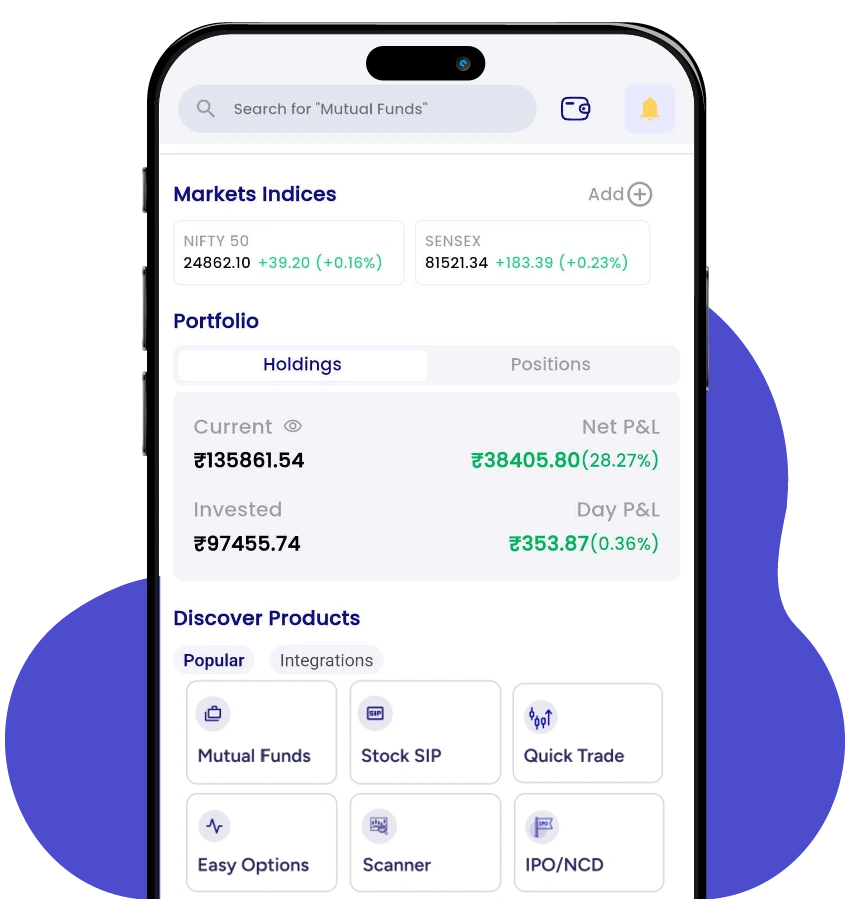PL Capital Maintains Hold on Dmart as Margins Lag Despite 16% Sales Jump
- 3rd July 2025
- 06:30 PM
- 4 min read
Mumbai | July 3 – Shares of Avenue Supermarts (Dmart) slipped nearly 4 percent on Thursday, July 3. The Radhakishan Damani-led retailer reported a healthy 16.2 percent year-on-year revenue growth for Q1 FY26. While the topline expansion was solid, concerns around stretched valuations, modest store productivity gains, and margin pressures led to profit booking, reflecting the market’s cautious stance.
Sales Momentum Continues, but Market Stays Cautious
Dmart reported revenue of ₹15,932 crore for the quarter ended June 30, 2025, up from ₹13,711 crore in the same period last year, reflecting sustained consumer demand in the organised retail segment. The retailer has maintained a consistent growth trajectory, with Q1 FY24 revenues at ₹11,584 crore and Q1 FY23 at ₹9,807 crore.
However, despite the steady rise in sales, the market reaction suggests that investors are pivoting focus towards profitability and operational efficiency as key metrics, instead of rewarding topline expansion alone. As competition intensifies within the retail and grocery space, maintaining margins while scaling operations remains a critical challenge for players like Dmart.
Stock Under Pressure Despite Healthy Returns
Following the Q1 update, Dmart shares were last seen trading at ₹4,240.50 on the NSE, down 3.45 percent, after touching an intraday low of ₹4,217.90, nearly 4 percent lower than the previous close.
- Last 5 trading days: down 2%
- Last 1 month: up over 5%
- Last 6 months: up nearly 6%
- YTD: up 20%
With a market capitalisation of ₹2.77 lakh crore, Dmart continues to command a significant weight in the consumer retail basket, but its high valuations demand consistent delivery on the profitability front.
Store Expansion Accelerates with UP Entry
The retailer continued its disciplined expansion, adding nine net new stores during the quarter, compared to six in Q1 FY25 and three in Q1 FY24, taking the total store count to 424 as of June 30, 2025.
A significant milestone during the quarter was Dmart’s entry into Uttar Pradesh, with its first store opening at Ratan Mall in Agra. This entry is strategically important, tapping into a large, underpenetrated market that offers significant headroom for growth in the coming years.
However, while expansion momentum is intact, store-level productivity gains have been modest, with average sales per store rising only 1.9 percent year-on-year to ₹380 million.
Dmart Store Network Snapshot
| Metric | Q1 FY26 | Q1 FY25 | Q1 FY24 |
| Stores Added | 9 | 6 | 3 |
| Total Stores | 424 | 371 | 327 |
| Average Sales per Store | ₹380 million | ₹373 million | ₹354 million |
This disciplined expansion reflects Dmart’s strategy of scaling up while maintaining operational rigour, but the focus remains on translating network growth into higher throughput and better profitability.
PL Capital View: Hold on Valuation, Positive on Strategy
PL Capital remains constructive on Dmart’s long-term growth story but is cautious in the near term due to valuations and margin pressures. “We view this opening in the state of Uttar Pradesh as a positive step; however, we would closely track the company’s pace of expansion in the state, where the opportunity to open stores remains large,” Noted analyst at PL Capital
Currently, the stock trades at 81.4 times PL Capital’s FY27 earnings estimates, reflecting a steep premium, even for a high-quality retail franchise like Dmart, which benefits from Radhakishan Damani’s conservative management and proven execution.
“We currently have a HOLD rating on Avenue Supermarts,” PL Capital added, indicating that while the growth runway remains intact, investors may consider waiting for clarity on margin stabilisation and operational leverage gains before adding aggressively to positions.
Bottomline
Dmart, under the stewardship of Radhakishan Damani, remains a benchmark in India’s organised retail space, with consistent revenue growth and disciplined expansion. However, investors are likely to wait for clear signs of margin recovery and stronger operational leverage before aggressively adding positions at current valuations.
While the long-term growth story for Dmart remains intact, the evolving market narrative is clear: profitability and operating efficiency are as important as growth, especially when stocks command premium multiples.





